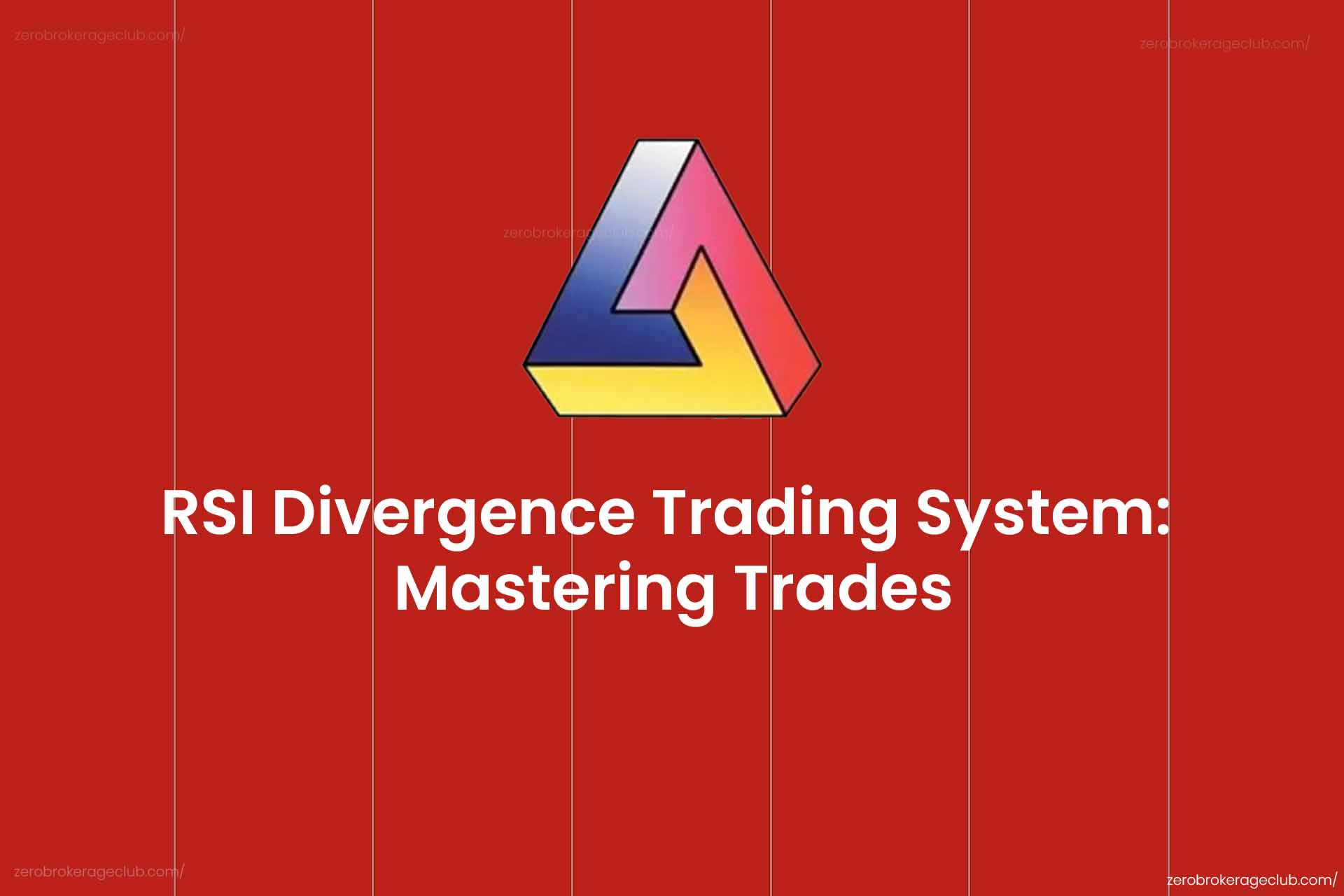Based on my experience as an active trader in the Financial Markets, I’ve come to understand that ‘Risk Management’ is the cornerstone of long-term success and profitability in trading. Even if you’ve developed a highly accurate Algorithmic Trading system or mastered stock selection through Fundamental Analysis, without effective Risk Management, success remains elusive. Unfortunately, many beginners disregard this critical factor and end up depleting their accounts within a few months. The purpose of this article is to share proven Risk Management strategies tailored for Traders and Investors. By diligently following these strategies, you can significantly enhance your prospects of becoming a profitable Trader in the long run.
Precisely Define Your Exit Strategy Before Entry
It is imperative to establish your trade targets and stop-loss levels before initiating any trade. Blindly allowing losses to accumulate can eventually wipe out your entire capital. There are specialized tools available for Day traders known as ‘Cover Order’ and ‘Bracket Orders,’ which enable you to set Stop Loss and Target levels before entering a trade. Make optimal use of these tools in your trading strategies. Even if you’re not a Day trader, it’s advisable to set a definite Stop Loss order at the beginning of each Trading session for your positional holdings. This practice acts as a safeguard against unexpected market events, and it’s crucial not to adjust your Stop Loss under any circumstances. The same principle applies to Profit Targets. For Trend followers, consider booking profits at various levels. For instance, you could book 50% profit at the first target, 30% at the second target, and the remaining 20% at the third target. If you’re following a Mean-Reversion strategy, it’s often wise to secure 100% profit at the first target since strong trends can emerge unpredictably.
The Significance of Risk-Reward Ratio

The Risk-Reward Ratio is a fundamental concept in money management. In simple terms, it represents the relationship between the amount at risk (potential loss) and the target profit in a specific trade. For example, if you’re willing to risk 1000 Rupees to attain a target profit of 2000 Rupees, your risk-reward ratio stands at 1:2. Before adopting any trading strategy, it’s crucial to evaluate its risk-reward ratio for the long term. Most modern trading platforms provide risk-reward ratios in their back-testing reports. A risk-reward ratio of 1:2 or better is generally considered favorable for any trading strategy. Ratios lower than this threshold can gradually erode your capital over time. You can calculate the Risk-Reward ratio for your trading strategy using the following link: Risk Reward Ratio Calculator.
Preserve Your Trading Capital
It’s wisely said, “If you learn how to preserve capital, you’ll surely learn how to multiply it.” Handling your trading capital with care is paramount. You should always maintain surplus capital to cushion against drawdown phases. For example, if you have 50000 Rupees as capital and intend to trade Nifty Futures (requiring approximately 49000 margin at the time of writing), consider this scenario: Suppose your first trade results in a 10000 Rupees loss. This would leave you with 40000 Rupees in your account, rendering you unable to trade Nifty Futures further. Adhere to these three golden rules for capital preservation in Trading:
- Never allocate more than 5% of your capital to a single trade.
- Diversify your capital across multiple instruments to offset losses in one with profits in another.
- For Intraday traders, the Stop Loss should not exceed 1% of your investment, while for Positional traders, it should not exceed 5%.

Hedging is a valuable method to shield your investments from unforeseen losses, particularly for positional and long-term investments, and especially before major economic events like budget sessions or RBI meetings. Options are effective tools for hedging. For example, you can sell a Call option or buy a Put option to hedge your Long position in Equity. This way, even if your Equity position incurs losses, the Options can generate some profit, minimizing your overall losses. However, it’s essential to avoid over-hedging to maintain a balanced risk-reward profile.
Margin Trading can be a boon for retail traders if used wisely but also has the potential to deplete your entire account. Margin Trading allows you to purchase more securities than your capital allows, effectively leveraging your position. For instance, with a 20000 Rupees capital, you can buy securities worth 100000 Rupees. However, it’s essential to understand that a 1% loss on 100000 Rupees equals a 5% loss on your original capital. Therefore, it’s crucial to exercise caution and avoid excessive Margin Trading. You can learn more about margins in the following article: Unlocking Stock Market Profits: Margin Trading Explained.





6 Comments